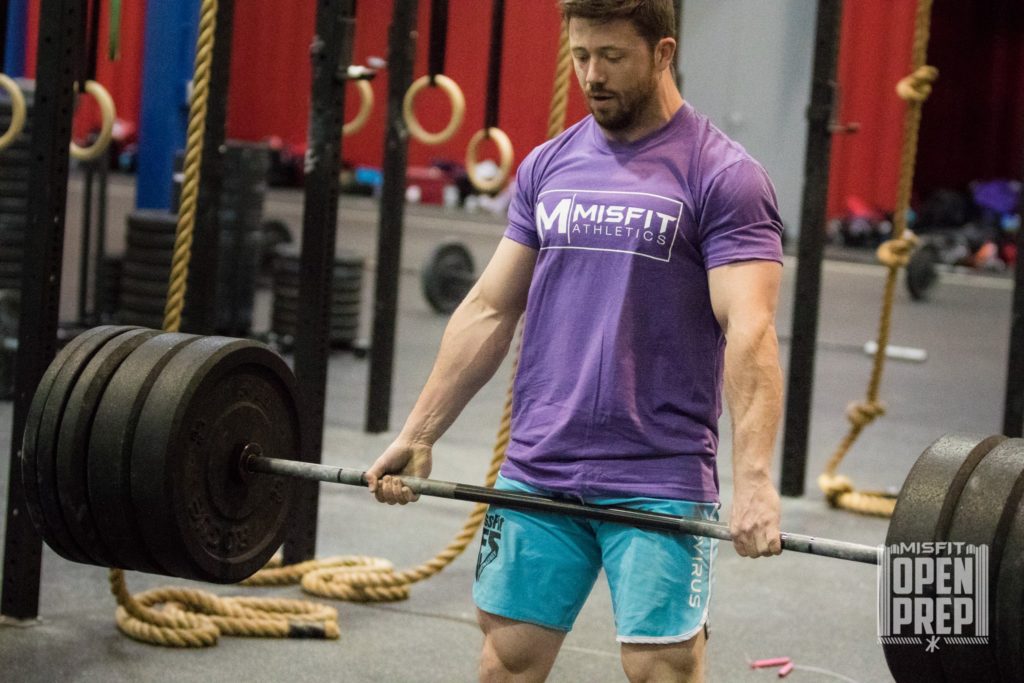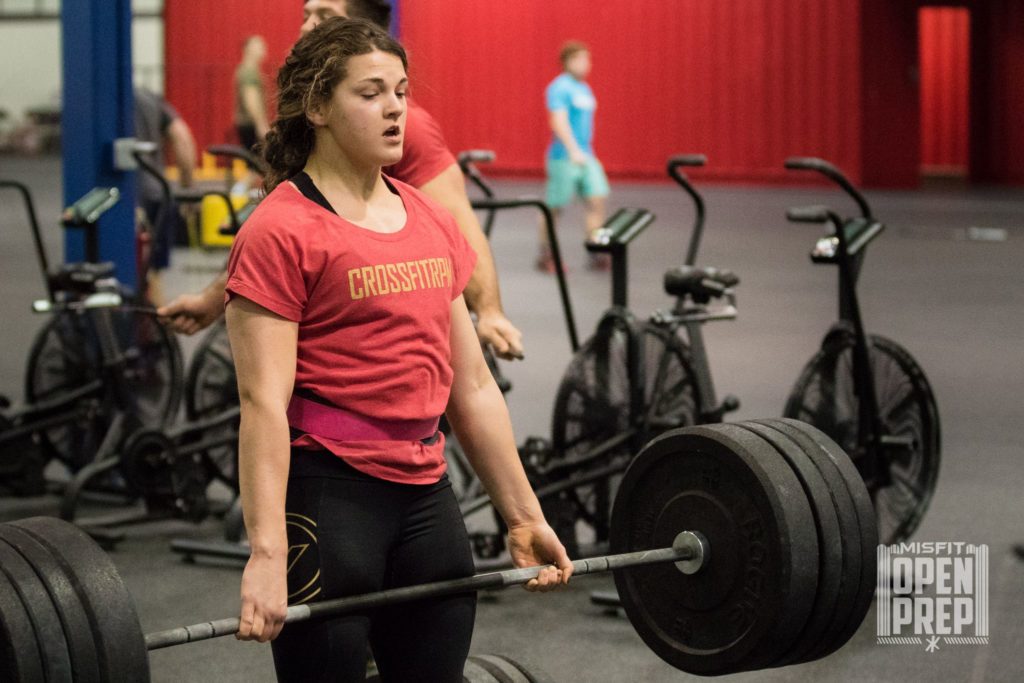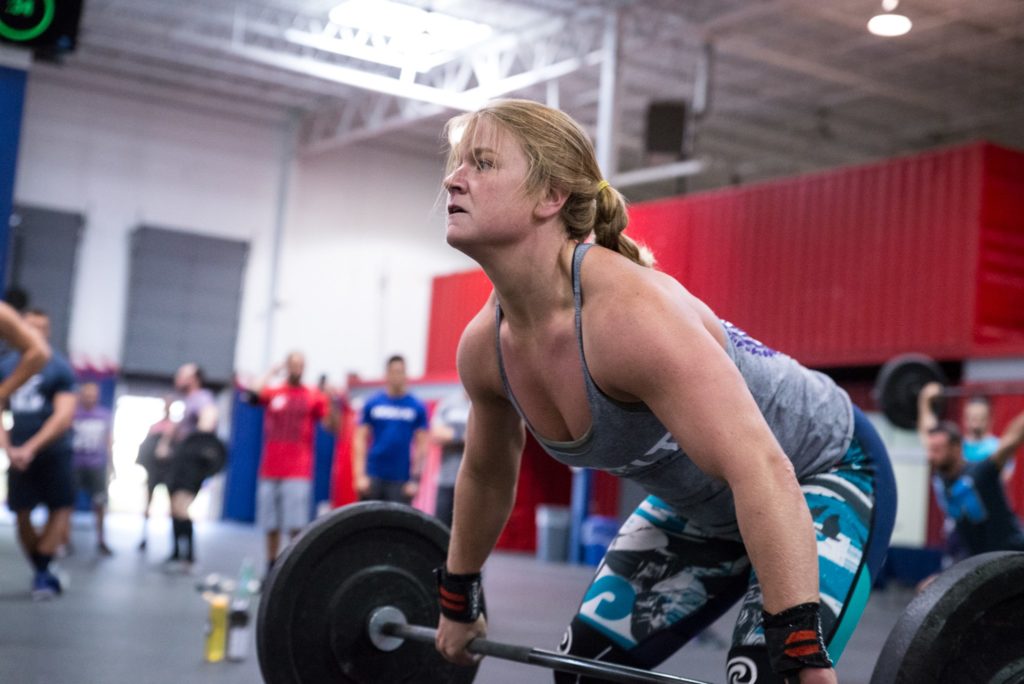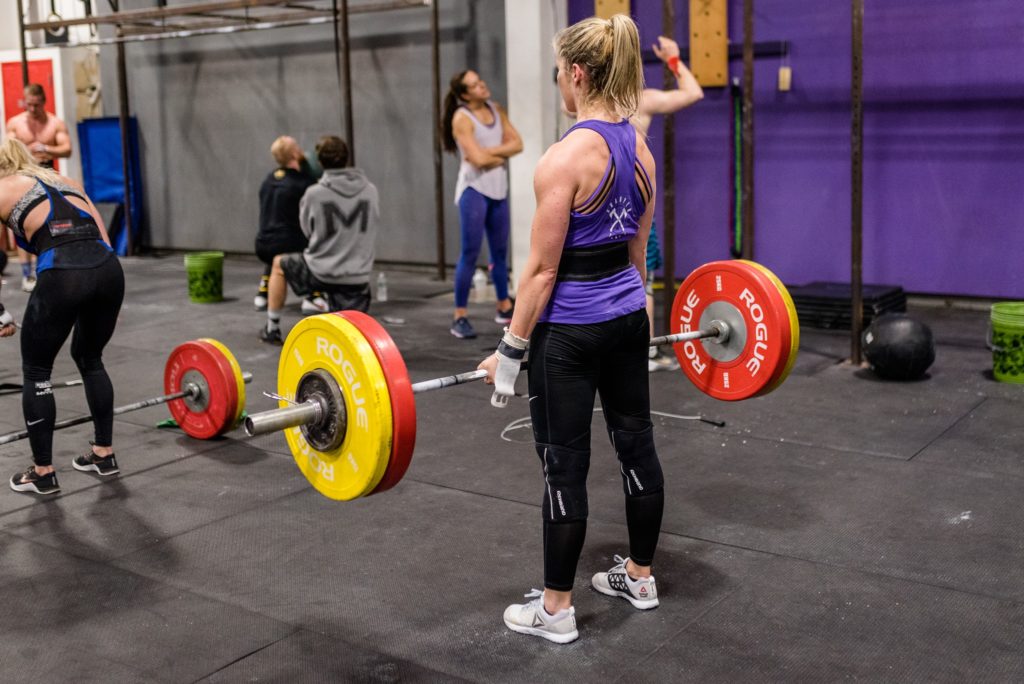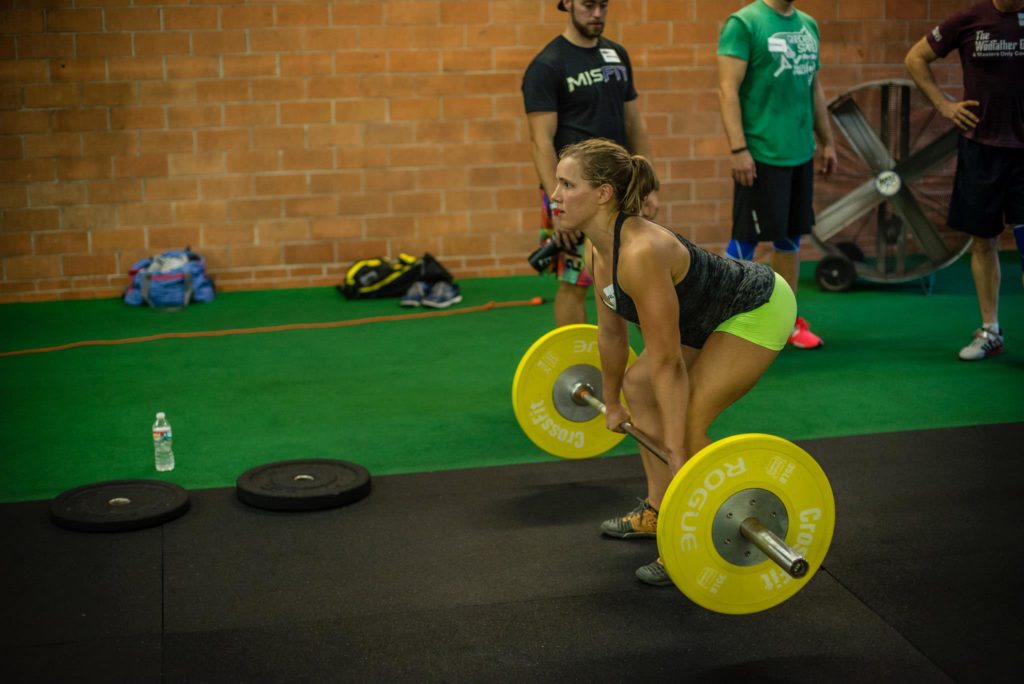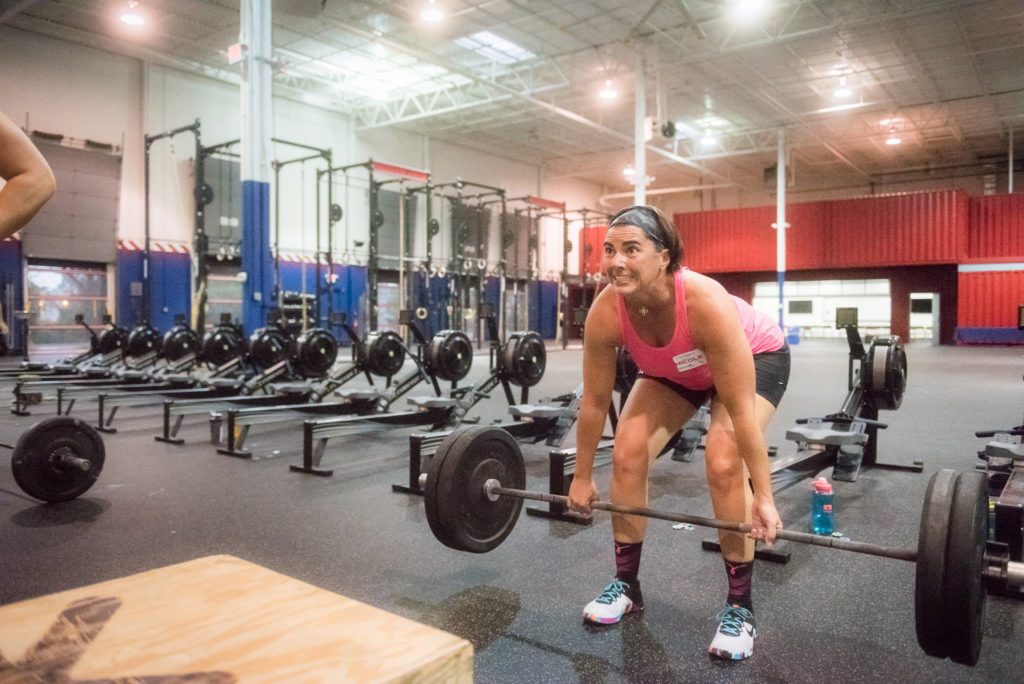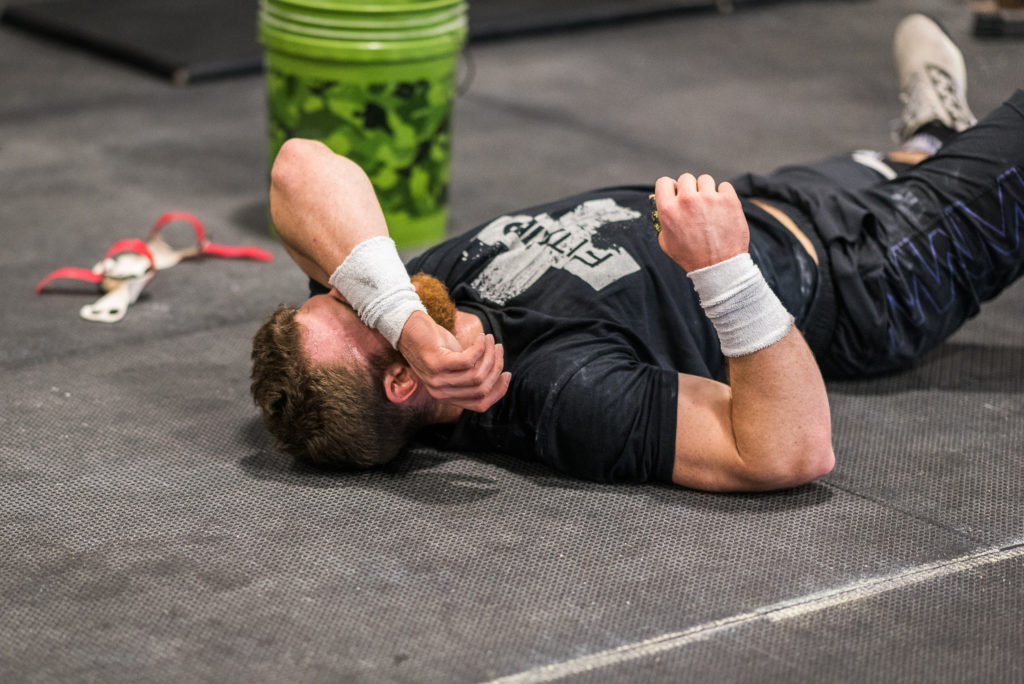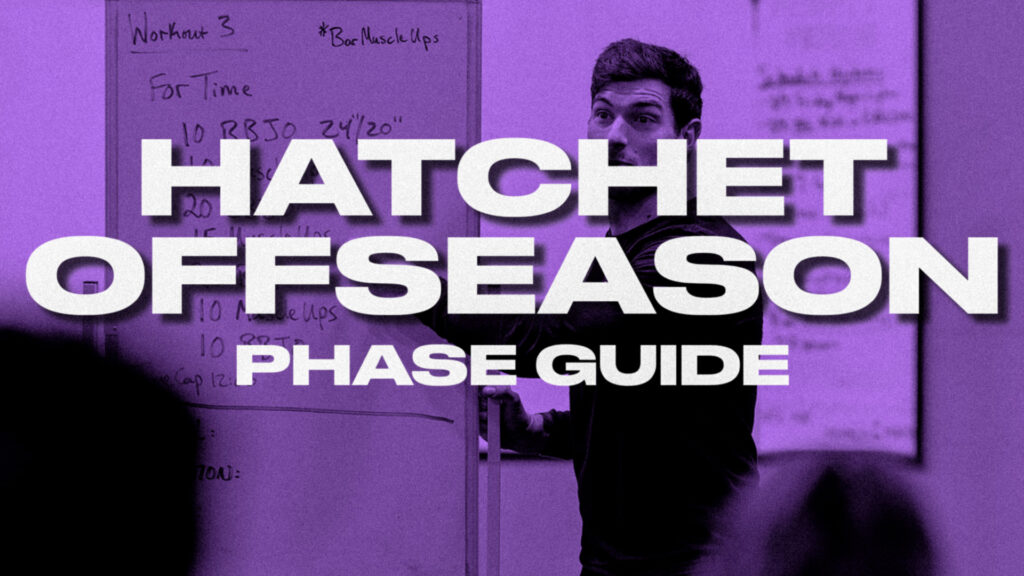Case Study – Lifting By Numbers Part 2 – The Deadlift

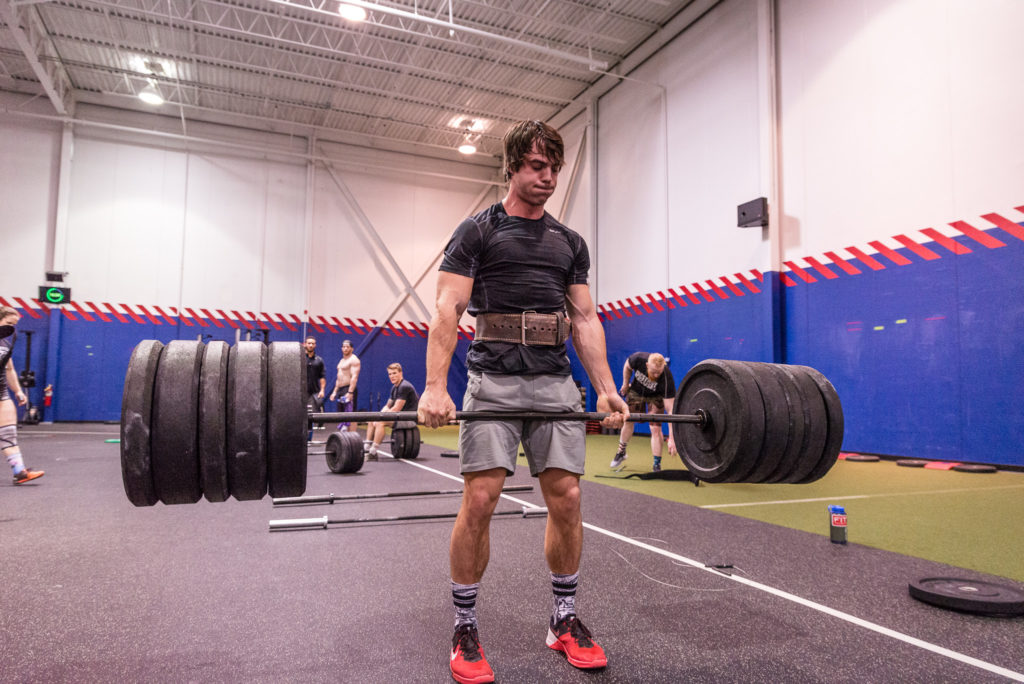
Why some can Overhead Press the house while others feel totally stuck? Why do some enjoy steady Bench Press progress while others have been at the same max for years?
Well, to pretend I have all the answers would just be that, pretending. However my job as a coach is primarily to observe and report, so that’s what I’ll do. The following is nothing but observations and my thoughts in relation to some basic numbers.
In this case study I have asked numerous athletes, most of which are anonymous to me to submit some simple anthropometric measurements, along with recent PR lift numbers. My goal was to look for patterns of success within these numbers. These patterns by no means give us any conclusive rules of any kinds, but could certainly lead to some interesting conversations.
In part 1 we looked at the Back Squat, in part 2 of this study I’m going to focus on simple observations involving the Deadlift. I’ll provide numbers to ponder, and ideas about why the numbers could be so. The goal will be to look at patterns involving limb lengths, limb ratios/percentages, along with other measurements in relation to lift numbers in hope of finding mechanical advantages. I’ll also be highlighting some athletes I work with along the way as reference points to the patterns I have found. Before we get into the lifts, let’s get to know the athletes.
Here is what we are working with:
- 94 qualifying males
- 39 qualifying females
- Extreme outlying submissions were rejected and assumed to be inaccurate measurements, false lifts, or intentional sabotage
- All submissions were voluntarily self reported and the information was taken at face value to be true and correct to the best of the submitting athletes ability (with the exception of above outliers) view submission guide here: YOUTUBE LINK
- It is assumed that most if not all participants are at least somewhat experienced CrossFitters and/or weightlifters based on the fact that the submission form was only located on Misfitathletics.com
- All qualifying athletes had the following traits:
- Between the ages of 18-35
- Has 2+ years of experience in CrossFit or dedicated Weightlifting
- Their “PR” lift numbers occurred within the last 2 years
Our Average Male:
- Age 26.5
- 5’ 10.5”
- 189lbs
- 4 years of experience
- 71.5” Wingspan
- 23.5” individual arm length
- 17.5” Femur
- 15.5” Tibia
- 20” Torso length
- Back Squat 379lbs
- Deadlift 449lbs
- Bench Press 270lbs
- Strict OH Press 173lbs
Our Average Female:
- Age 27.5
- 5’ 5”
- 146lbs
- 3.5 years of experience
- 66” Wingspan
- 22.5” individual arm length
- 16” Femur
- 14” Tibia
- 19” Torso length
- Back Squat 234lbs
- Deadlift 278lbs
- Bench Press 139lbs
- Strict OH Press 104lbs
 The Results:
The Results:
Male “Heavyweight”
In the Male “Heavyweight” group the average Deadlift was 476lbs Those who had a below average Deadlift in that field of participants had an average Height of 72.5” and weight of 204.5lbs. Their average arm length was 23.5”. The length of their Femur (17.5”) and Tibia (15.75”) totalled 33” on average, while the torso was 20.5”. While those who had an above average Deadlift had an average Height of 72” and weight of 210lbs. Their average arm length was 24.25”. The length of their Femur (18”) and Tibia (16”) totalled 34” on average, while the torso was 20.5”.
These measurements lead me to believe that to hold a slight advantage in the Deadlift you would want to be slightly heavier, with longer arms, and have a ratio of Femur to Tibia leaning clearly in Femur’s favor. This ratio is basically the opposite observation made in Part 1 about the Back Squat.
Here are some more facts to go along with this:
- The average Deadlift of all athletes being “below average” is 419lbs, while above average is 533lbs
- The average height and arm length of the lifters Deadlifting below average is 72.5” and 23.5” (showing the arms to be 32.4% of their height), while above average is 72” and 24.25” (showing the arms to be 33.7% of their height).
Athletes of interest:
- Anthony Vazquez is 72”, 209lbs, with 26.5” arms, and Deadlifts 505lbs (nearly average weight and height, but are arms are 36.8% of height). Anthony also has 19” Femurs compared to 16.5” Tibias
- Joe Silvestri is 69”, 195lbs, with 23” arms, and Deadlifts 565lbs (a monster Deadlift with below average weight and height. However, the arm to height percentage is still a full percentage point above the “below average” crowd at 33.33%). Joe also has 16.5” Femurs to only 13” Tibias
- Travis Williams, most interesting of all in seemingly every study, breaks the mold. Travis is 69.5”, 205lbs, and has arms only 22” long (31.7%, way below average ratio). Travis also has a monster Deadlift at 565lbs while having equal length Femurs and Tibias.
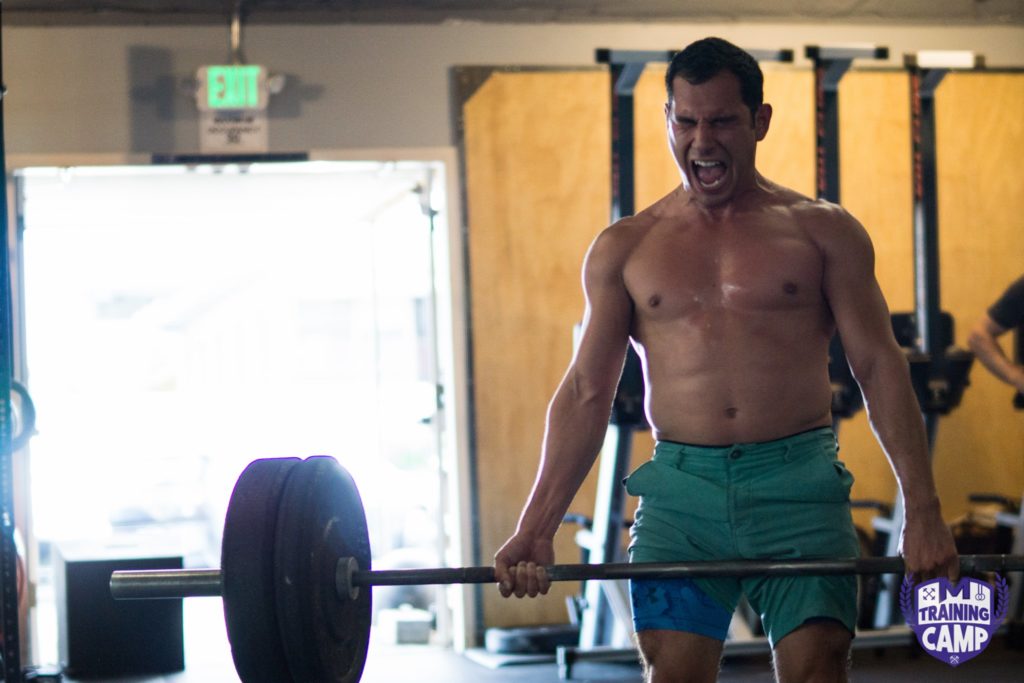
In the Male “Lightweight” group the average Deadlift was 435lbs Those who had a below average Deadlift in that field of participants had an average Height of 69” and weight of 172lbs. Their average arm length was 22.75”. The length of their Femur (17”) and Tibia (15.5”) totalled 32.5” on average, while the torso was 19”. While those who had an above average Deadlift had an average Height of 68” and weight of 177lbs. Their average arm length was 22.5”. The length of their Femur (18”) and Tibia (16”) totalled 34” on average, while the torso was 19”.
These measurements do not show very much at all in this category of athletes. Both the Height to Arm ratio and the Femur to Tibia ratio come out nearly even, and any differences are likely negligible given the less than perfect self reporting measurements. The only somewhat clear points that can be stated are that the stronger Deadlifters seem to be about an inch shorter on average and a few lbs heavier.
Athlete of interest:
Corey Lunney has a huge Deadlift of 530lbs at only 180lb body weight. He, like Travis from the heavyweights, does not have long arms proportional to his body. He also has equal length Femurs and Tibias
Female “Heavyweight”
In the Female “Heavyweight” group the average Deadlift was 296lbs. Those who had a below average Deadlift in that field of participants had an average Height of 65” and weight of 157lbs. Their average arm length was 22”. The length of their Femur (15.5”) and Tibia (13.5”) totalled 29” on average, while the torso was 19.5”. While those who had an above average Deadlift had an average Height of 64.75” and weight of 159lbs. Their average arm length was 23”. The length of their Femur (15.5”) and Tibia (14”) totalled 29.5” on average, while the torso was 19”
These measurements once again show that longer arms in relationship to your height may play a factor in optimal Deadlifting. However it appears in this case that those with Tibias slightly closer to their Femur length lifted more weight.
Here are some more facts to go along with this:
- The average Deadlift of all athletes being “below average” is 255lbs, while above average is 336lbs
- The average height and arm length of the lifters Deadlifting below average is 65” and 22” (showing the arms to be 33.8% of their height), while above average is 64.75 ” and 23” (showing the arms to be 35.5% of their height).
Athlete of interest:
Mekenzie Riley is 64” and 157lbs and has a Deadlift of 325lbs. Her arms are shorter than average at only 20.5”. Even though in this overall sample her Deadlift is above average, she’s a CrossFit Games athlete and her numbers don’t yet match her peers. I know as her coach that it is a movement she struggles to improve on. Maybe her short arms play a role?
Female “Lightweight”
In the Female “Lightweight” group the average Deadlift was 266lbs Those who had a below average Deadlift in that field of participants had an average Height of 65” and weight of 135lbs. Their average arm length was 22”. The length of their Femur (16”) and Tibia (14”) totalled 30” on average, while the torso was 19”. While those who had an above average Deadlift had an average Height of 65” and weight of 139lbs. Their average arm length was 22.5”. The length of their Femur (16”) and Tibia (14”) totalled 30” on average, while the torso was 19”.
This field is interesting because the only differences in the average of all measurements is arm length and weight. The above average lifters had a slight increase in arm length (.5”) and were 4lbs heavier. Those in the above average group deadlifted about 75lbs more than those in the below average group.
Here are some more facts to go along with this:
- The average Deadlift of all athletes being “below average” is 228lbs, while above average is 303lbs
- The average height and arm length of the lifters Deadlifting below average is 65” and 22” (showing the arms to be 33.8% of their height), while above average is 65 ” and 22.5” (showing the arms to be 34.6% of their height).
Athlete of interest:
Alexis Johnson is 62” and 140lbs and has a Deadlift of 345lbs. Her arms are shorter than average at only 21.5” but she is also shorter in overall height than average. When compared to each other, her arm length is 34.7% of her height, which shows that proportionally, her arm to body length is greater than average.
More to Consider:
On both the Male and Female side we have different levels of “fitness participation” mixed in, and by that I mean everything from experienced local affiliate members to CrossFit Games Athletes. While a lot of the averages are not that of a Regional qualifying athlete, they are still respectable and useful data points.
One glaringly obvious inequality in this study will be the variance in the athlete’s body weight. The advantage this provides is why we have weight classes in almost every weightlifting competition. In an effort to minimize the overshadowing this simple factor could cause, both the Males and Females were split into two weight classes. I did that by finding the average weight in both Male and Female athletes (provided above) and creating two separate groups, above and below that marker. All athletes above the average weight fell into the “Heavyweight” category while those weighing less than the mean fell into the “Lightweight” category. As you can imagine, this helped level the playing field quite a bit, and allows us to focus more on other factors leading to the athletes apparent success. Another notable point is that I choose to use averages (mean) instead of the midpoints (median) in hope that it helped minimize the human errors that come from self reporting measurements. Some will over measure, some under. By using an average I hope those errors balance out.
The role of “Experience”
One of the questions that was asked to participants is “[What are your] Total years of CrossFit or weightlifting experience?” I wanted to make sure the participants had at least two years of training to build their numbers up, but also wanted to see if “more training or experience” lead to bigger lift numbers, generally speaking. The problem with my question is that is opens up a can of worms with regard to completely different topic for another day, what actually is training or experience? What EXACTLY counts? A simple example would be that a 20 year old Male could be on a rigorous Squat program focusing on his lifting for 2 solid years and have very big, impressive numbers. Where I myself, can confidently say I have been CrossFitting for almost 9 years, and my lift numbers are below average in many areas. The focus of my training has not been lifting, nor do I enjoy it half as much as the conditioning/aerobic pieces I tend to do more often. So based on experience numbers, 2 years vs. 9 years, we essentially learn very little about what has actually gone into those years of exercise. I’ll still reference these numbers now and then through this study and other coming lifts in the form of averages, because I only gave you two outlying examples. The participants in this study are generally assumed to be on the competitive side as they typically follow Misfit Athletics, which promotes a very demanding training schedule with a solid daily dose of weightlifting.
Conclusion
Overall I found several discussion points from the above data.
First, there MAY be some correlation between Deadlift capacity and the overall length of an athlete’s Femur. Furthermore, the ratio between the Femur and Tibia could be equally important. Opposite of the Squat, Deadlift may actually favor the longer Femur
Second, it seems compared to the average, having longer arms will likely provide some advantage in Deadlifting maximal weights. This appears to be especially helpful when the longer arms are attached to an athlete of shorter stature.
Third, The slightly heavier lifters lifted slightly more weight with all other measurements being equal. Nothing groundbreaking about that.
Forth, If we removed desirable athletic traits such as CNS and motor recruitment capacity, we are left with a physics equation. The Deadlift requires the use of levers which are the limbs and torso of the human body. If you took the numbers above and drew an athlete to scale in the deadlift position, you would see that none of the patterns we are finding are a surprise.
Lastly, none of this is going to matter without putting the work in. Even though we did not specifically talk about volume or style of training, all the “athletes of interest” are damn near professionals in our sport and have been training consistently at the highest level for years. Therefore, if anybody had a chance of being much greater than average in lift numbers, it’s them.
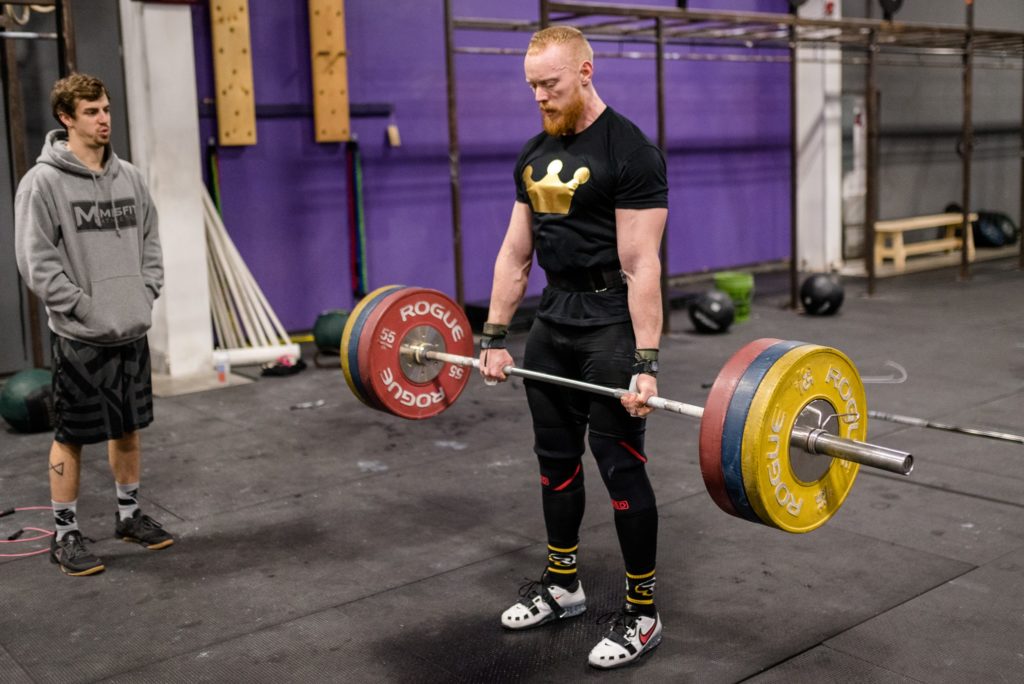 The Results:
The Results: